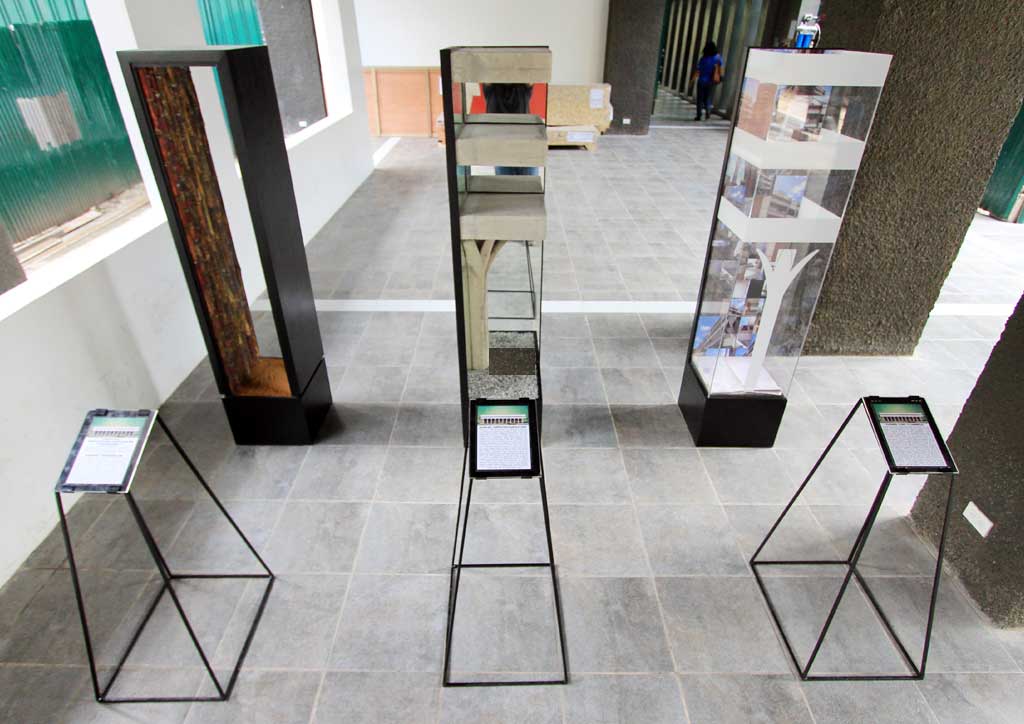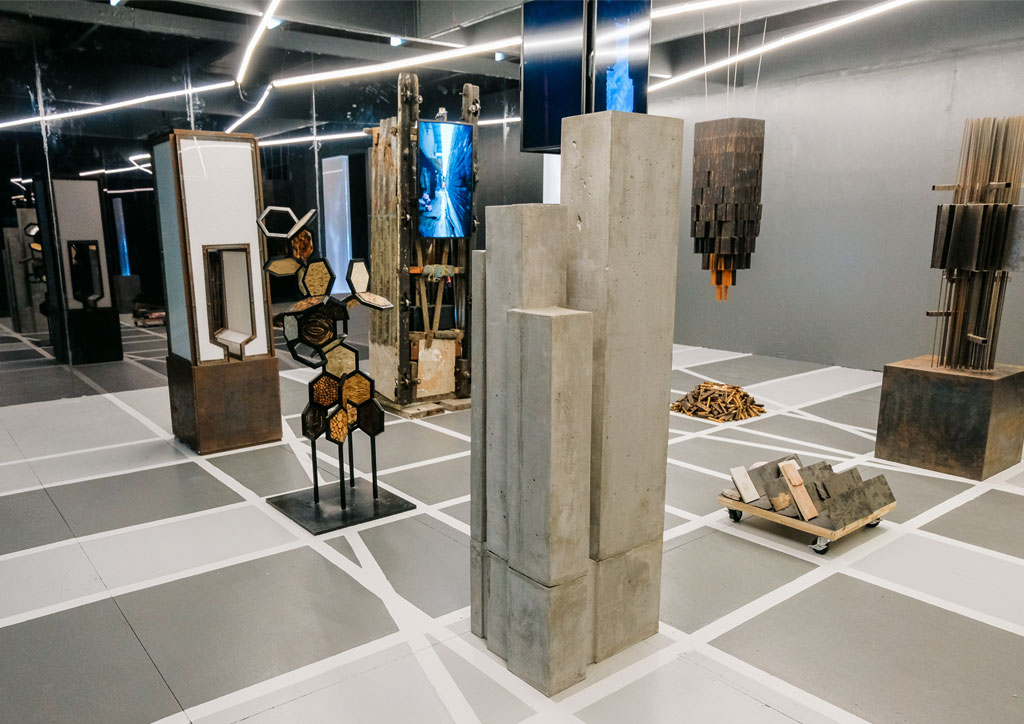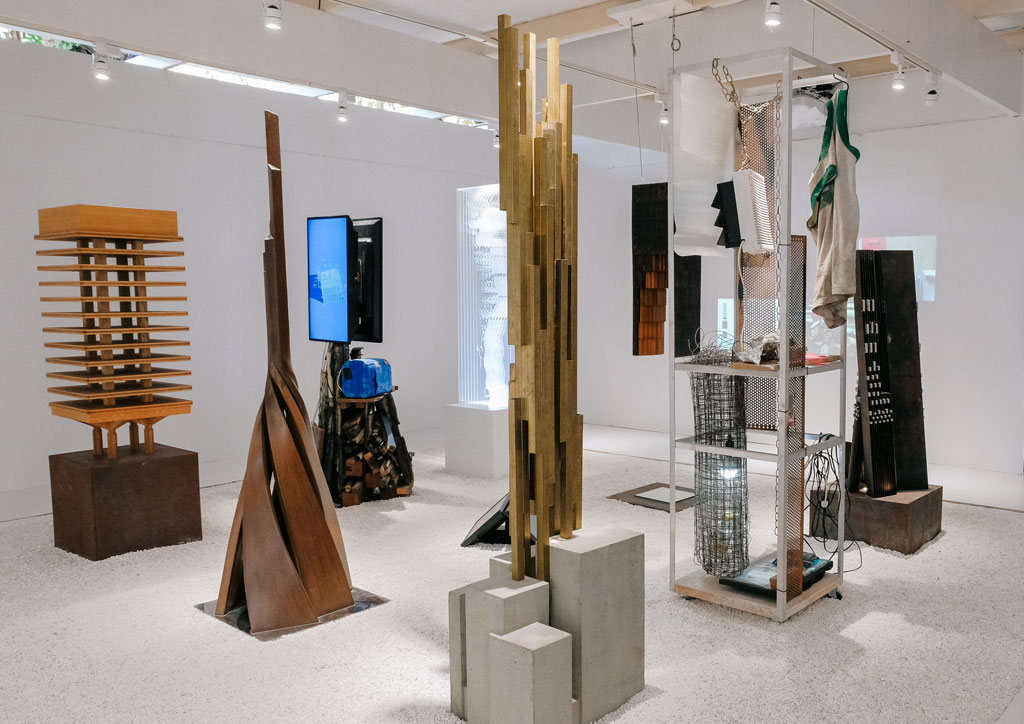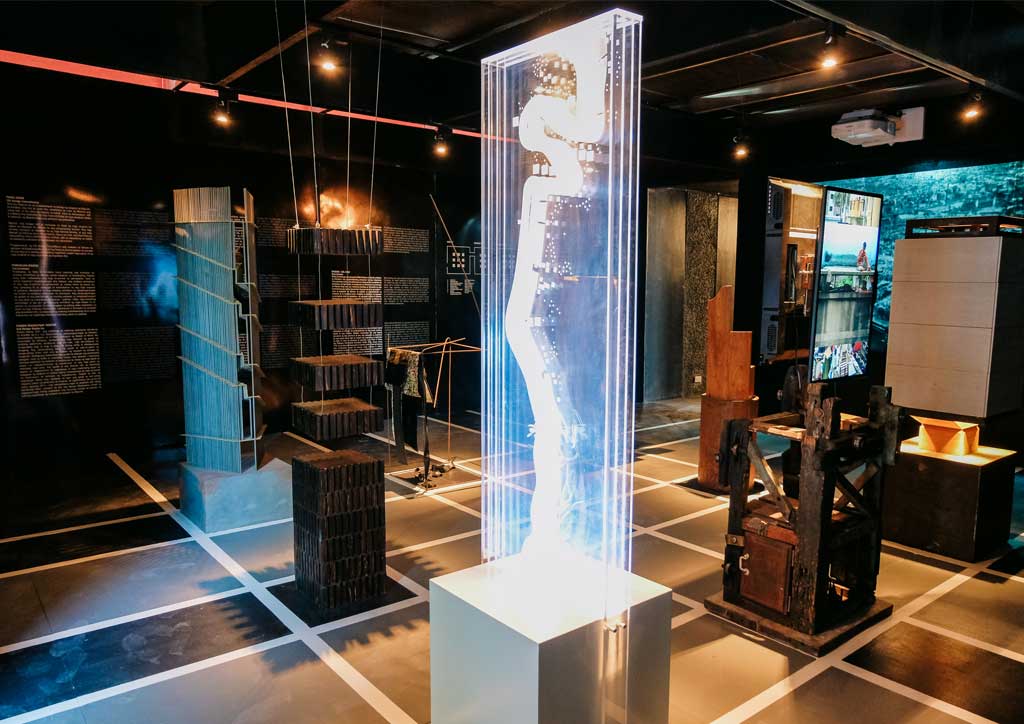
Building Narratives: A Look Into Architectural Art Exhibits
Architecture stands out as a creative showcase of human skill and imagination. Architectural art employs unique methods of expression tailored to physical structures. Unlike other art forms, the design of buildings is defined by its context. Architects use space as their canvas to express ideas about human interaction with their environment and to inspire those who see their work.
To emphasize, severing ties from the utilitarian requirements of buildings allows form and details to run freely. Architecture reflects the human experience by using physical forms focused on expression. It prompts us to reflect on the past, consider the future, and examine society’s crossroads, thereby stimulating the thoughts and imaginations of those who engage with it.
Portraying the Chronicles of Eras Gone By
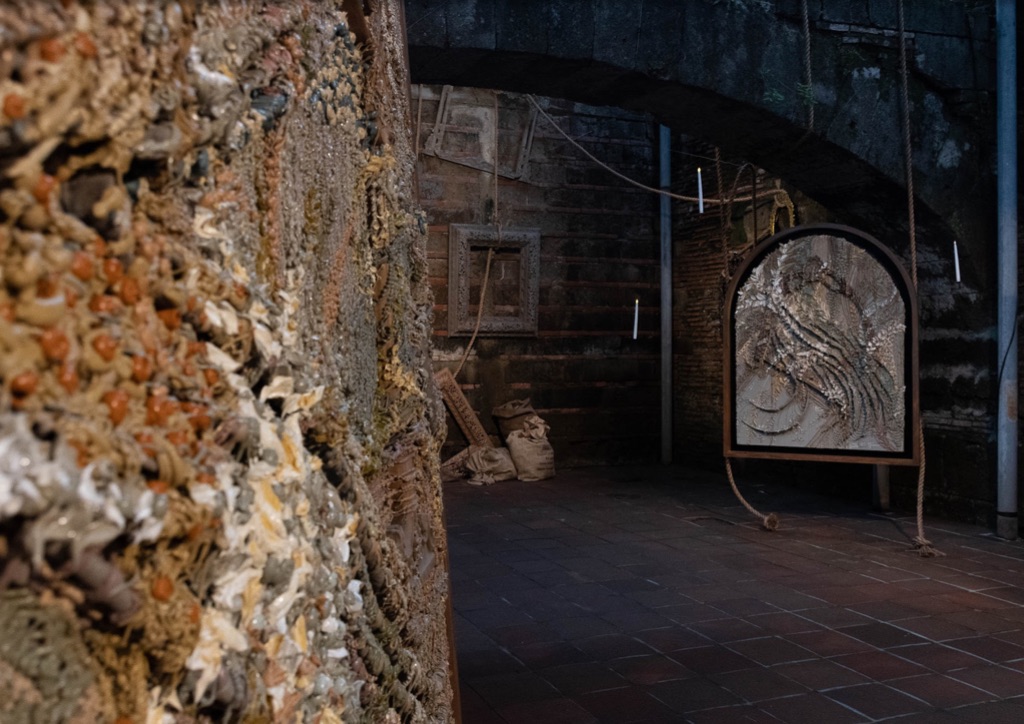
Filipino contemporary artist Arce, after extensive research at Fort Santiago in Manila, presented his art exhibition “ROPED: The Reflections of Our Past, The Enlightenment of Our Destiny” in collaboration with Art Underground Manila. The exhibition blended Fort Santiago’s historical narrative with the works on display, which made the venue’s architecture integral to the work as a whole.


The installations featured antique furnishings that adorned the ancient stone walls of the Spanish citadel. Arce’s pieces used aged mirror frames set on canvases to symbolize the past. His artworks, featuring thick textures and muted colors, created silhouettes and imagery that reflected the fort’s storied history and invited viewers to ponder the influence of history on the present. Arce’s collection aimed to offer a narrative on the city’s cobblestones and to propose that our collective past can unite and build us, rather than divide.
Displays that Reflect on Past, Present, and Future
Muhon: Traces of an Adolescent City tackles the struggles of the Filipinos to maintain and solidify their built heritage. “Muhon” translates into landmark or monument. It symbolizes how architecture can act as a waypoint for our own existence.
The exhibit is an interpretation of our relationships with how architecture acts as markers of our cultural identity. This artistic display started when architectural firm L.V. Locsin Partners witnessed the destruction of their prized projects in favor of modern developments. The pavilion speaks of how our built heritage is constantly being reformed. It posits that this brand of development prevents society from establishing a cultural distinction.
The exhibit incites an inquiry into we can develop a deeper cultural personality and character. Themes of history, modernity, and conjecture define the states of a building’s lifespan.
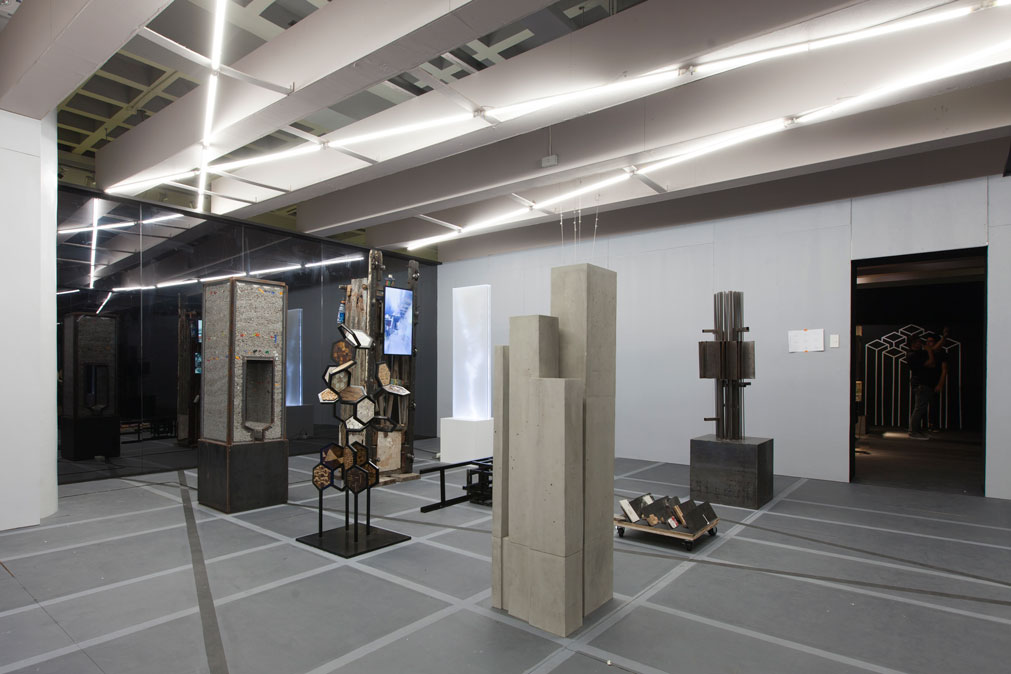
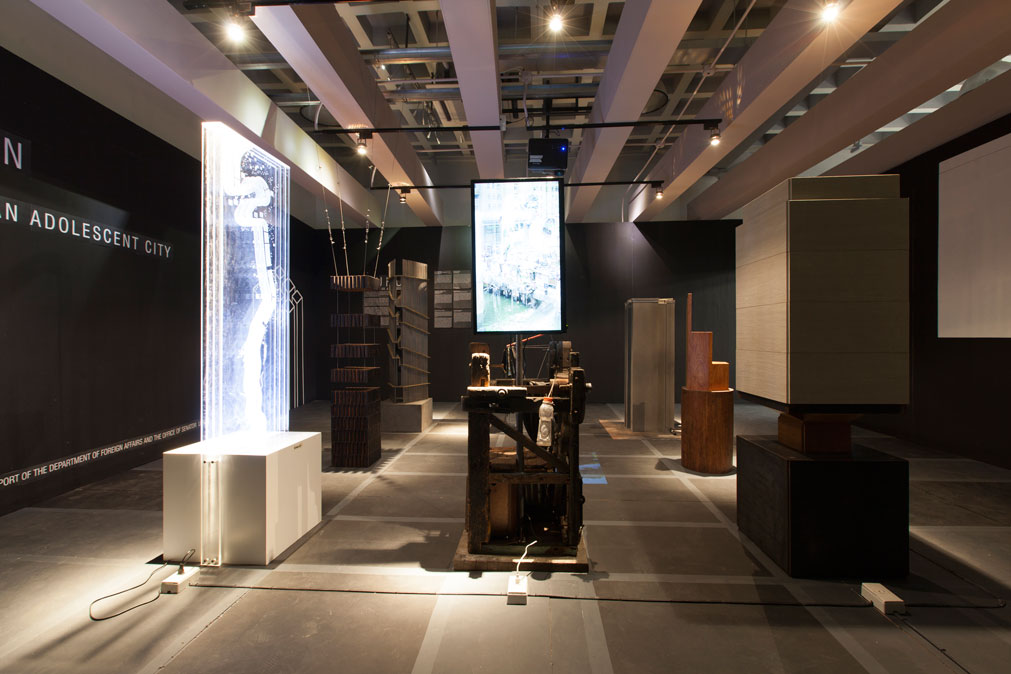
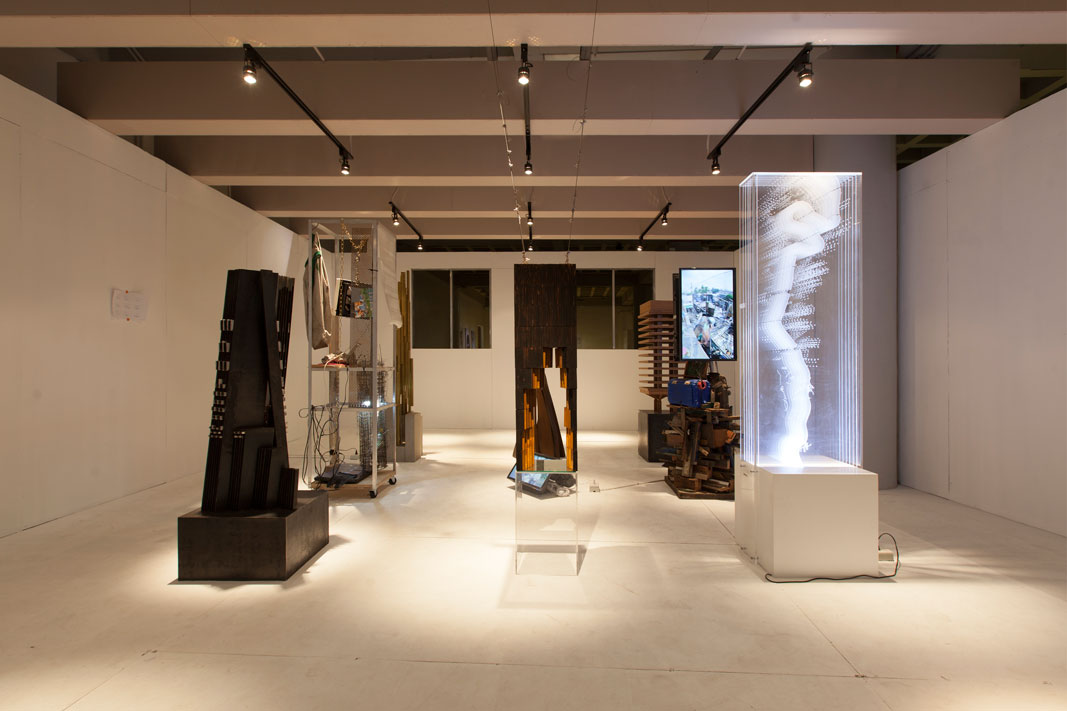
The history segment represents our tendencies to frame the past of our structures in wistful yearning. Muhon depicts the sequential nature of the past as they are organized in an orderly fashion. The modernity section reflects a constant confusion in our struggle of finding our cultural identity. Lights intersect with each other against a backdrop of mirrors, meant to disorient observers. Lastly, the conjecture displays a projected future filled with abstractions that represent possibility. The space is minimal and features a plainly lit area that are easy on the senses. Again, architectural art interweaves the stimuli of building characteristics in conjunction with expressive forms.
Exhibiting the Intersectionality of Urban Issues

The Tripa de Gallina: Guts of Estuary is a bamboo pavilion that represents an acupuncture-like approach to urban issues in relation to natural ecosystems. It represents an inquiry into the complexities of societal efforts that aim to resolve the conflict between pollution and rehabilitation of our estuaries.
The current standing between modern man and the environment damages these bodies of water due to their tenuous relationship. The pavilion showcases the linked efforts in the struggle to achieve a symbiotic relationship between the society and nature.


The interweaving of modular pieces represent the need for collective action in creating a sanctuary. Bamboo stalks tied together form a circular walkway, a united and equitable shape. Parts of timber continuously link to represent how each component supports each other. Additionally, screens replicating windows display the condition of the estuary. The form portrays the interconnection in a harmonious assemblage.
These exhibitions capture the numerous aspects that Filipino society faces in relation to their environments. Architectural art manifests the ideas and spirit that underscore the multi-faceted nature of architecture. Overall, these works interpret the connections between the built and society.
